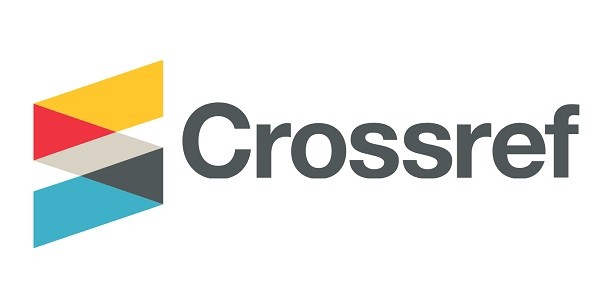The Relationship Between Training and Employee Turnover Intentions in the Private Sector in Saudi Arabia
DOI: 10.46988/ IJIHRM.04.02.2023.004
Keywords:
Training, Turnover intention, Private Sector, Saudi ArabiaAbstract
The current study aims to examine the relationship between employee training and turnover intention within the private sector in Saudi Arabia. The study centers on two factors, namely "training," which is further categorized into "Training Benefits" and "Training Availability," serving as the independent variable, and "turnover intention" as the dependent variable. A cross-sectional study methodology was used to gather data from a sample of 120 private sector workers. The data collection was conducted via the administration of Qualtrics questionnaires, and the subsequent analysis was carried out using SPSS.
This study is essential in the Saudi private sector as it aims to provide insights into the possible influence of training programs on mitigating turnover intention. Investigating the perceived advantages and ease of access to training adds to the body of knowledge in human resource management. It enhances our comprehension of the elements that impact employee retention. The results of this study are anticipated to provide valuable guidance for businesses and policymakers in formulating efficacious approaches to tackle turnover issues and improve the stability of the workforce within the area.


